Eco-Friendly Weevil Solutions: Customized Long-Term Prevention Plans
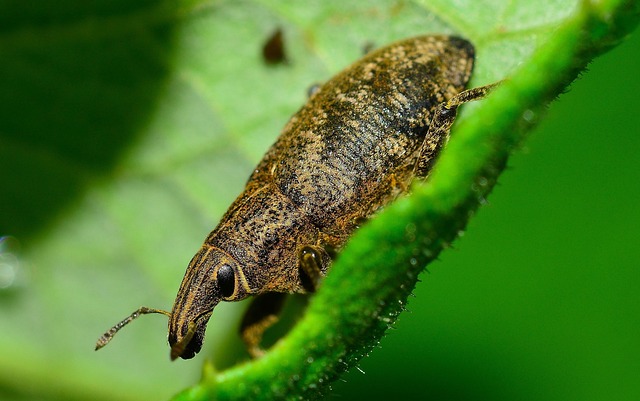
Grain weevils (Sitodiniidae) are agricultural pests infesting stored grains like wheat, corn, and ba…….
Introduction
Grain weevils, a diverse group of pests, pose significant challenges to the storage and distribution of cereals worldwide. Their infestation can lead to substantial economic losses, compromised food safety, and environmental degradation. This article delves into the multifaceted approach required for grain weevil control and removal, shedding light on the strategies, technological advancements, and policy frameworks that are essential to mitigate their impact. Readers will gain a comprehensive understanding of the intricacies involved in managing these pests and the critical role this plays in safeguarding global food security.
Understanding Grain Weevils Control and Removal
Grain weevil control and removal involve a combination of monitoring, identification, preventive measures, and treatment strategies to manage infestations and prevent future occurrences. The process encompasses understanding the biology and behavior of these pests, identifying conducive conditions for their survival, and employing integrated pest management (IPM) practices. Historically, control methods have evolved from non-selective chemical treatments to more targeted, sustainable approaches that minimize environmental impact.
Global Impact and Trends
The global impact of grain weevil infestations is profound, with nearly every country dealing with this issue to varying degrees. The United Nations Food and Agriculture Organization (FAO) reports that post-harvest losses due to pests like weevils can range from 10% to 20% globally, with some regions experiencing even higher rates. Trends indicate a shift towards more sustainable and integrated control methods, driven by consumer demand for safe, high-quality produce and stringent regulations in many countries.
Economic Considerations
Economically, the cost of grain weevil infestation is significant, encompassing direct losses from damaged crops and indirect costs such as treatment and preventive measures. The agricultural sector’s resilience is tested by these pests, which can lead to increased food prices and reduced market competitiveness. Investment in research and development for alternative control methods is crucial for sustainable economic practices and for ensuring that the most vulnerable economies are not disproportionately affected.
Technological Advancements
Recent technological advancements have revolutionized grain weevil control and removal. Innovations like molecular diagnostics, biotechnology, and precision agriculture enable more precise targeting of pests while minimizing the use of harmful chemicals. The development of genetically modified crops with built-in resistance to pests is a promising area of research, as are biological control agents that naturally regulate weevil populations.
Policy and Regulation
Policies and regulations governing grain weevil control and removal vary by country but increasingly emphasize sustainable practices and the reduction of chemical dependencies. International bodies such as the Codex Alimentarius Commission set standards for food safety, influencing national regulations that aim to protect both consumers and producers from the adverse effects of pest infestations.
Challenges and Criticisms
The challenges in grain weevil control and removal are multifaceted, including resistance to pesticides, climate change impacts, and logistical difficulties in implementing IPM strategies. Critics argue that current approaches may be unsustainable and call for greater emphasis on organic and non-chemical methods. Solutions include diversifying control measures, enhancing international cooperation, and investing in education and extension services to improve farmer compliance with best practices.
Case Studies
Several case studies illustrate the successful implementation of grain weevil control and removal strategies. For instance, a program in India that combined biological control agents with educational outreach significantly reduced infestation rates. Another case study from Brazil demonstrates the effectiveness of integrating pest monitoring technology with conventional IPM practices. These success stories offer valuable insights into what can be achieved with concerted effort and innovation.
Future Prospects
The future of grain weevil control and removal is promising, with a focus on sustainable, integrated approaches that are responsive to the changing dynamics of agricultural ecosystems. Emerging trends include the use of drones for surveillance, advanced data analytics for predictive modeling, and continued research into novel biological control agents. Strategic considerations will revolve around adapting to climate change, addressing global food security concerns, and ensuring that all stakeholders—farmers, policymakers, and consumers—are aligned in their efforts to manage grain weevils effectively.
Conclusion
Grain weevil control and removal are critical components of sustainable agriculture. The multifaceted approach required to manage these pests involves a complex interplay of biological understanding, technological innovation, economic considerations, and policy frameworks. By addressing the challenges and embracing the opportunities ahead, we can enhance global food security and protect our agricultural ecosystems from the damaging effects of grain weevils.
FAQ Section
What are grain weevils?
Grain weevils are a group of insects that infest stored grains and pose significant challenges to their safe storage and handling.
How do grain weevils affect the global economy?
Grain weevil infestations can lead to substantial economic losses through damaged crops, increased food prices, and reduced market competitiveness.
What are some sustainable control methods for grain weevils?
Integrated Pest Management (IPM) strategies, biological control agents, and genetic engineering of crops to resist pests are sustainable control methods.
Why is it important to control grain weevil populations?
Controlling grain weevil populations is essential for maintaining food safety, preventing economic losses, and ensuring the viability and sustainability of the global agricultural sector.
How can technology help in controlling grain weevils?
Technology such as drones, data analytics, and precision agriculture can enhance monitoring, prediction, and treatment of grain weevil infestations.
By addressing these frequently asked questions, stakeholders can better understand the importance of managing grain weevils effectively and the role that various approaches play in achieving this goal.

Grain weevils (Sitodiniidae) are agricultural pests infesting stored grains like wheat, corn, and ba…….
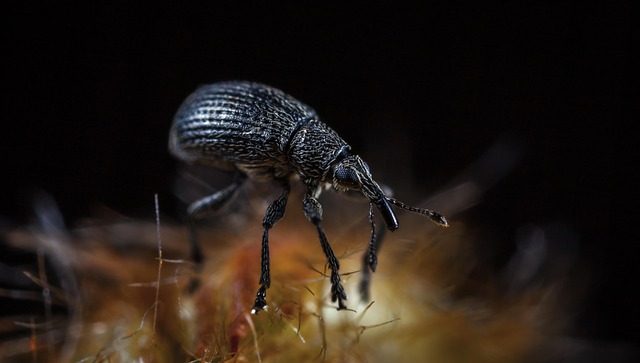
Grain weevils, common storage pests, cause significant damage and health risks by infesting grains a…….
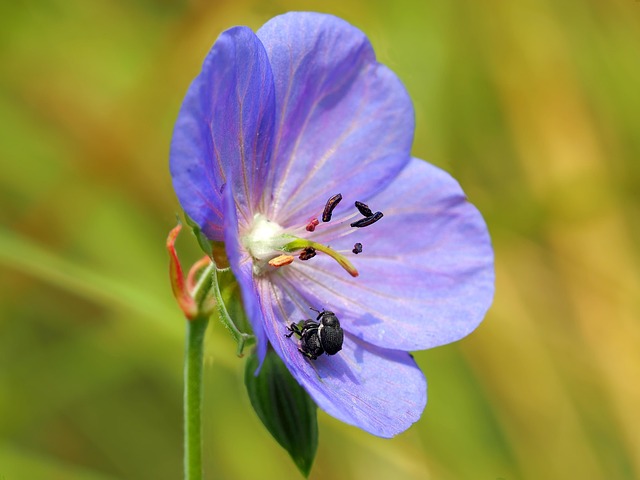
Grain weevils, warm and moist environment-dwelling pests, cause significant damage by infesting stor…….
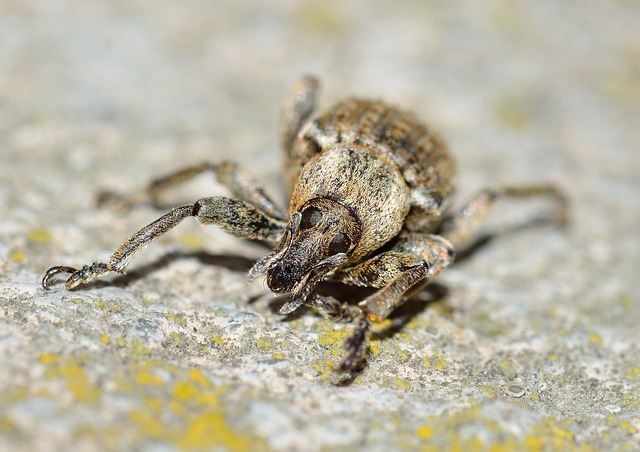
Grain weevils, attracted to starch-rich foods and warm, humid conditions, cause damage in stored gra…….
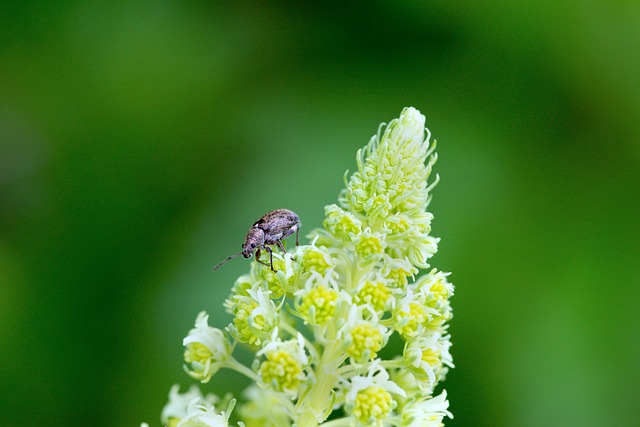
Grain weevils, tiny but destructive pests, infiltrate homes and businesses through cracks and open w…….
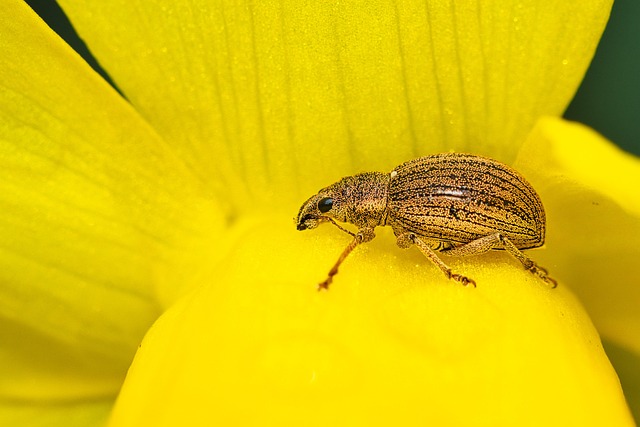
Grain weevils cause significant damage in warm, humid environments by feeding on starch-rich grains…….
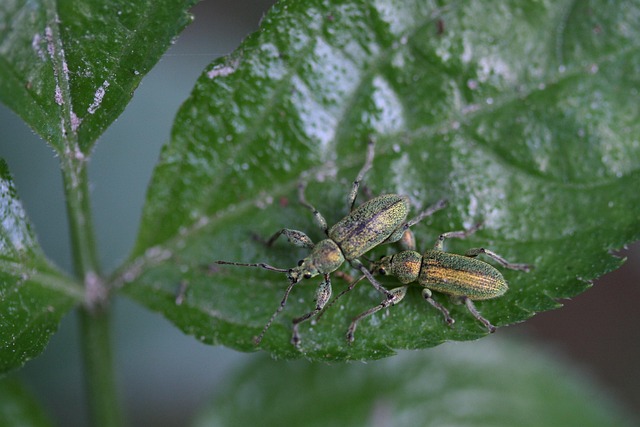
Grain weevils, small but harmful pests, invade homes and businesses, infesting stored grains and pos…….
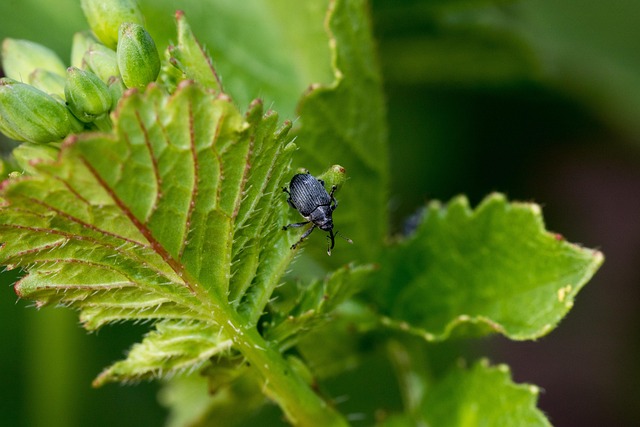
Grain weevils cause significant damage by infesting stored grains in warehouses and homes. They cont…….
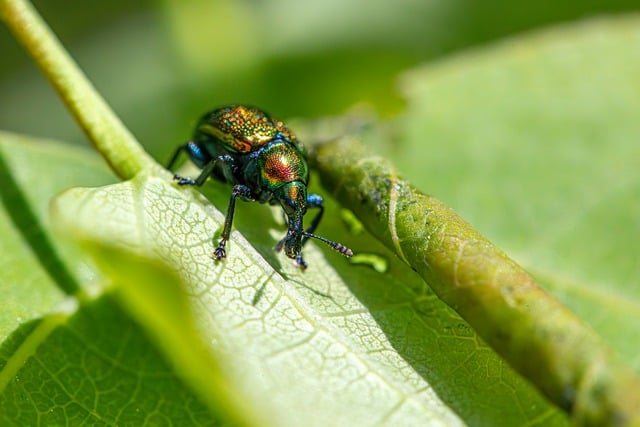
Grain weevil infestations caused by Rhyzopertha dominica pose significant agricultural challenges, i…….
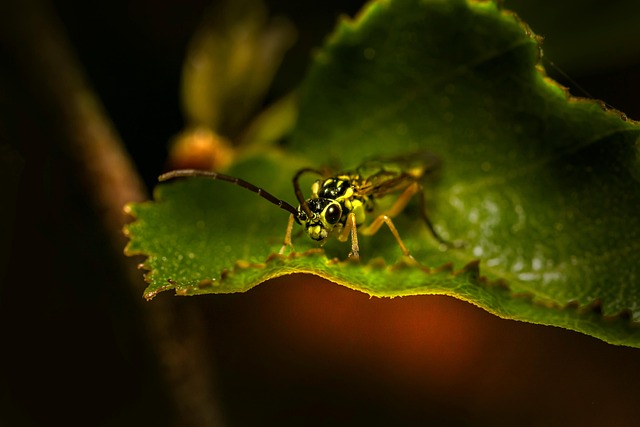
Grain weevils (Rhyzopertha dominica) are destructive pests infesting stored grains like wheat, corn,…….